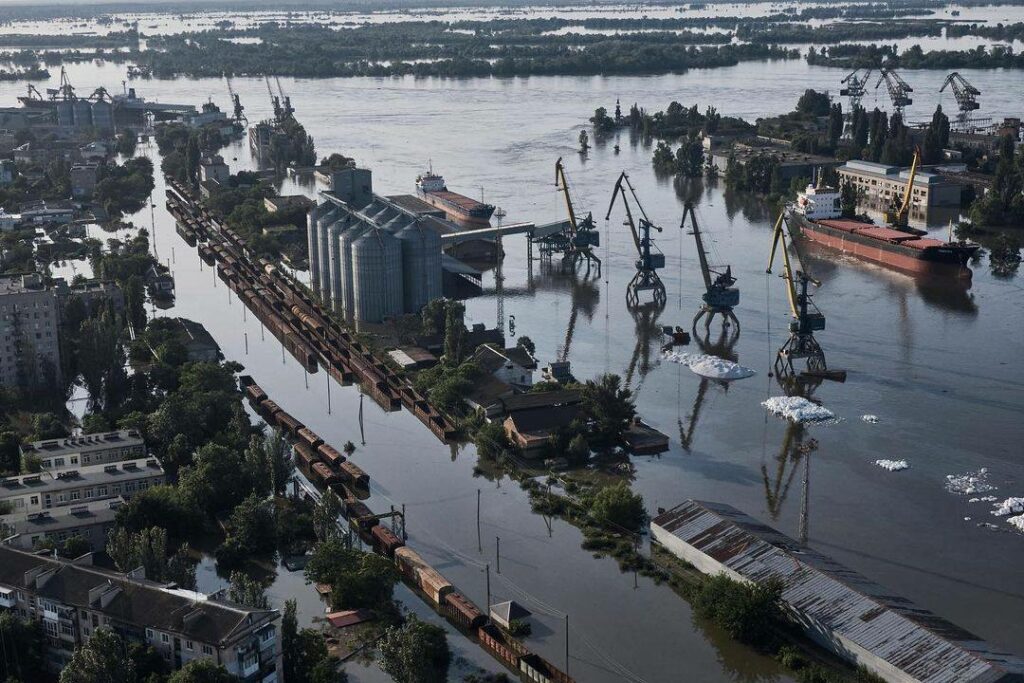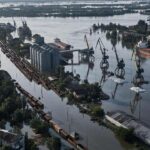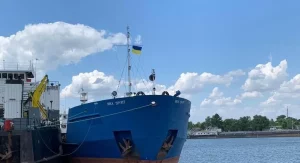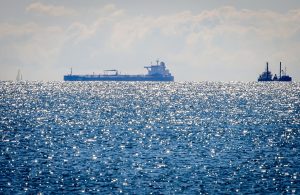Vessels from the Kakhovskyi Reservoir will be redeployed higher up the Dnipro

There are approximately 50 vessels in the water area of the Kakhovsky Reservoir. They plan to relocate higher up the Dnipro.
Redeployment of vessels from their base locations will take place through the Zaporizhzhia gateway, the Shipping Administration reported.
“After Dniproges, the Dnipro River will remain navigable. Below – not for a long time. After the water level drops, the ships will run aground there, and this may threaten the spillage of fuel and lubricants,” said the head of the Administration, Yevhenii Ignatenko.
Also, the Shipping Administration offered its boats to Kherson Regional Military Administration for help. Mobile laboratories are also traveling to Kherson Oblast from Odesa to monitor environmental pollution.
“Such a terrorist act of the Russian Federation will have catastrophic consequences for the entire region as a whole and the future restoration of shipping in particular. Due to the sudden flooding of the territories, the infrastructure of ports and terminals located in the region was destroyed and put out of order, many sunken ships. In addition, there are reports of a significant amount of grease and other dangerous and polluting substances entering the water, as well as unexploded mines and ammunition,” Ignatenko said.
Read also: The occupiers blew up the Kakhovska HPP: details
According to the head of the Shipping Administration, the Kakhovsky lock was the outermost Dnieper lock that let all ships out to the open sea. In fact, Ukraine has closed the gates for Ukrainian exports.
“The water level in the Kakhovskyi Reservoir drops by 10 cm every hour. The permissible level at the lower level of the Zaporizhzhya sluice is 14 m, this morning it was recorded at 16 m.
Therefore, if the level falls below this mark, we will not be able to conduct sluicing in Zaporizhzhia,” added Ignatenko.
Earlier, Ukrhydroenergo announced that they plan to build a new station on the site of the Kakhovska HPP destroyed by the Russians after deoccupation of the territory.
Photo: Konstantin Liberov





